Immunology: DNA Damage, Repair Mechanisms & Immune System Role
VerifiedAdded on 2023/06/14
|17
|3746
|254
Essay
AI Summary
This assignment consists of two mini-essays focusing on immunology and oncology. The first essay discusses DNA damage, its causes (internal and external factors), and critically evaluates two DNA repair mechanisms. It highlights how unrepaired DNA damage is a primary cause of cancer. The second essay explores the immune system's role in protecting against external pathogens, detailing innate and adaptive immunity, immune tolerance, and the mechanisms by which the immune system recognizes and responds to threats. It also addresses autoimmune diseases and the importance of immune tolerance in preventing them. The essay uses figures and tables to support its arguments and provides a comprehensive overview of these complex biological systems.
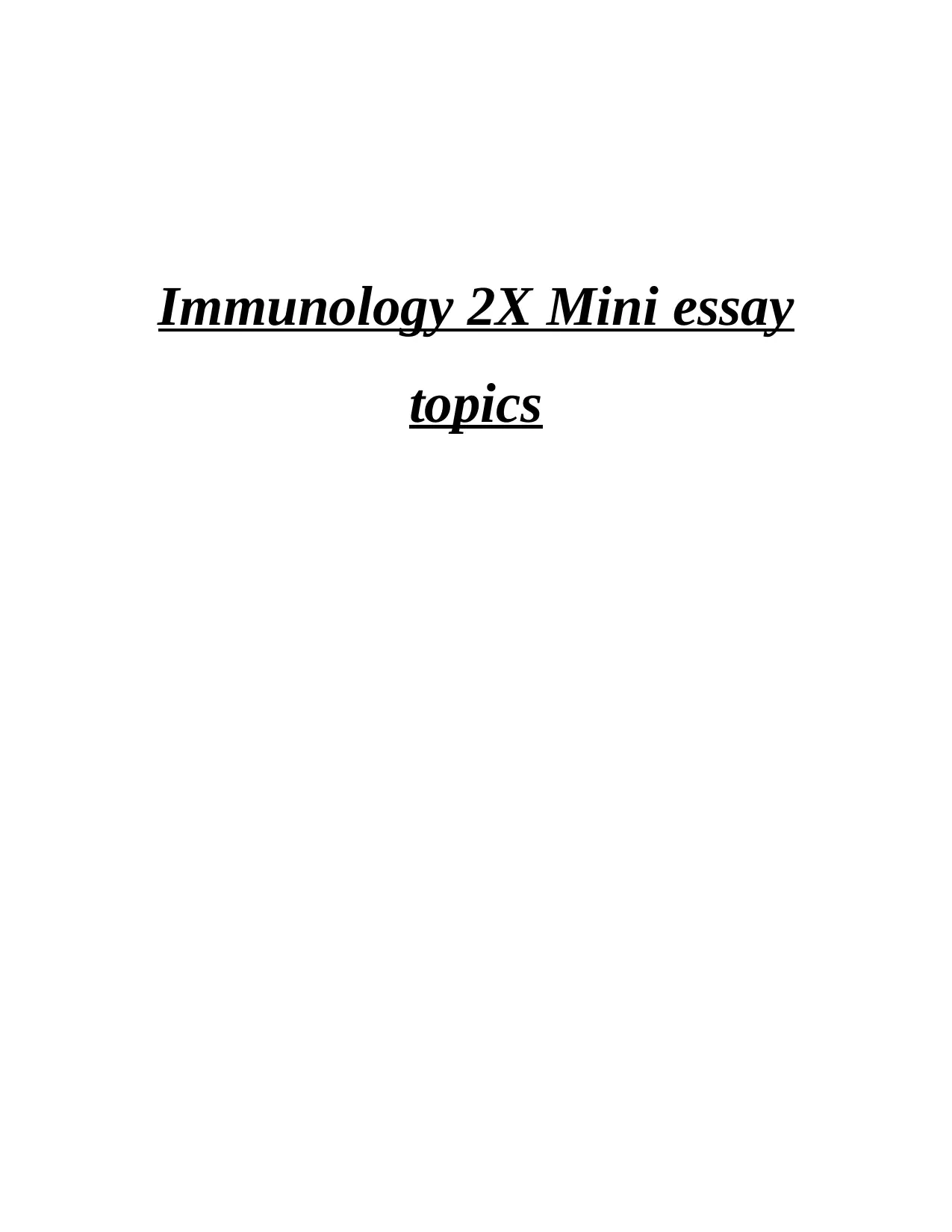
Immunology 2X Mini essay
topics
topics
Paraphrase This Document
Need a fresh take? Get an instant paraphrase of this document with our AI Paraphraser
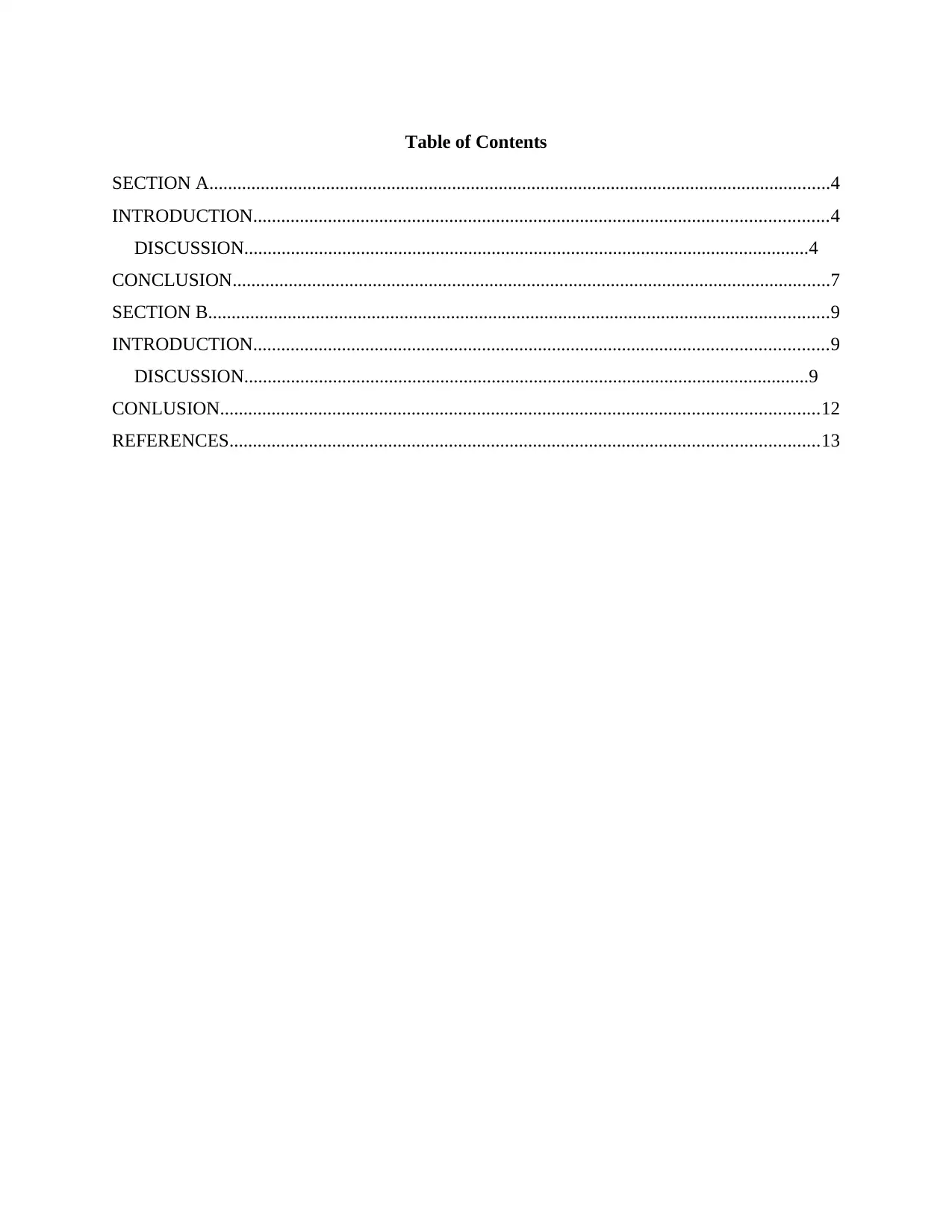
Table of Contents
SECTION A.....................................................................................................................................4
INTRODUCTION...........................................................................................................................4
DISCUSSION.........................................................................................................................4
CONCLUSION................................................................................................................................7
SECTION B.....................................................................................................................................9
INTRODUCTION...........................................................................................................................9
DISCUSSION.........................................................................................................................9
CONLUSION................................................................................................................................12
REFERENCES..............................................................................................................................13
SECTION A.....................................................................................................................................4
INTRODUCTION...........................................................................................................................4
DISCUSSION.........................................................................................................................4
CONCLUSION................................................................................................................................7
SECTION B.....................................................................................................................................9
INTRODUCTION...........................................................................................................................9
DISCUSSION.........................................................................................................................9
CONLUSION................................................................................................................................12
REFERENCES..............................................................................................................................13
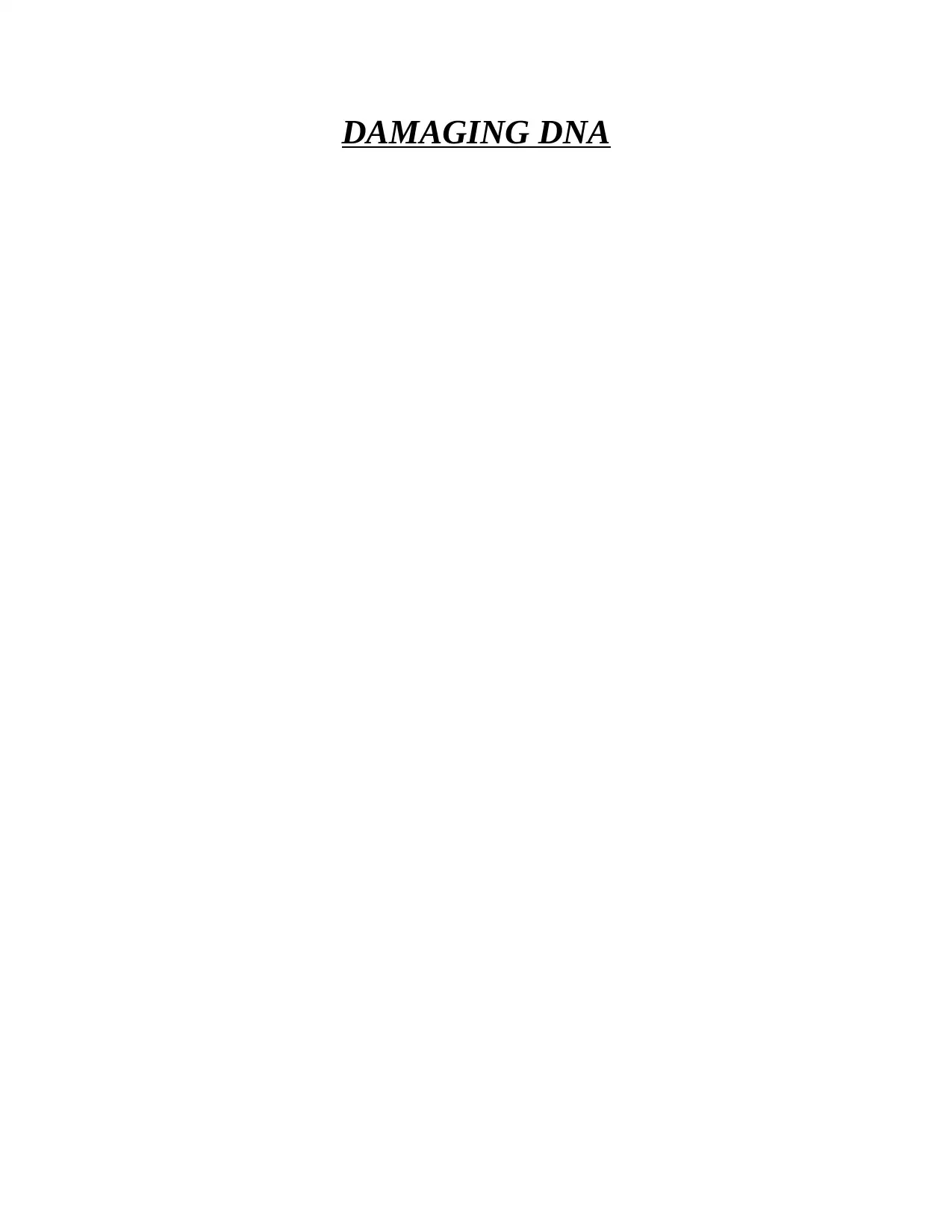
DAMAGING DNA
⊘ This is a preview!⊘
Do you want full access?
Subscribe today to unlock all pages.

Trusted by 1+ million students worldwide
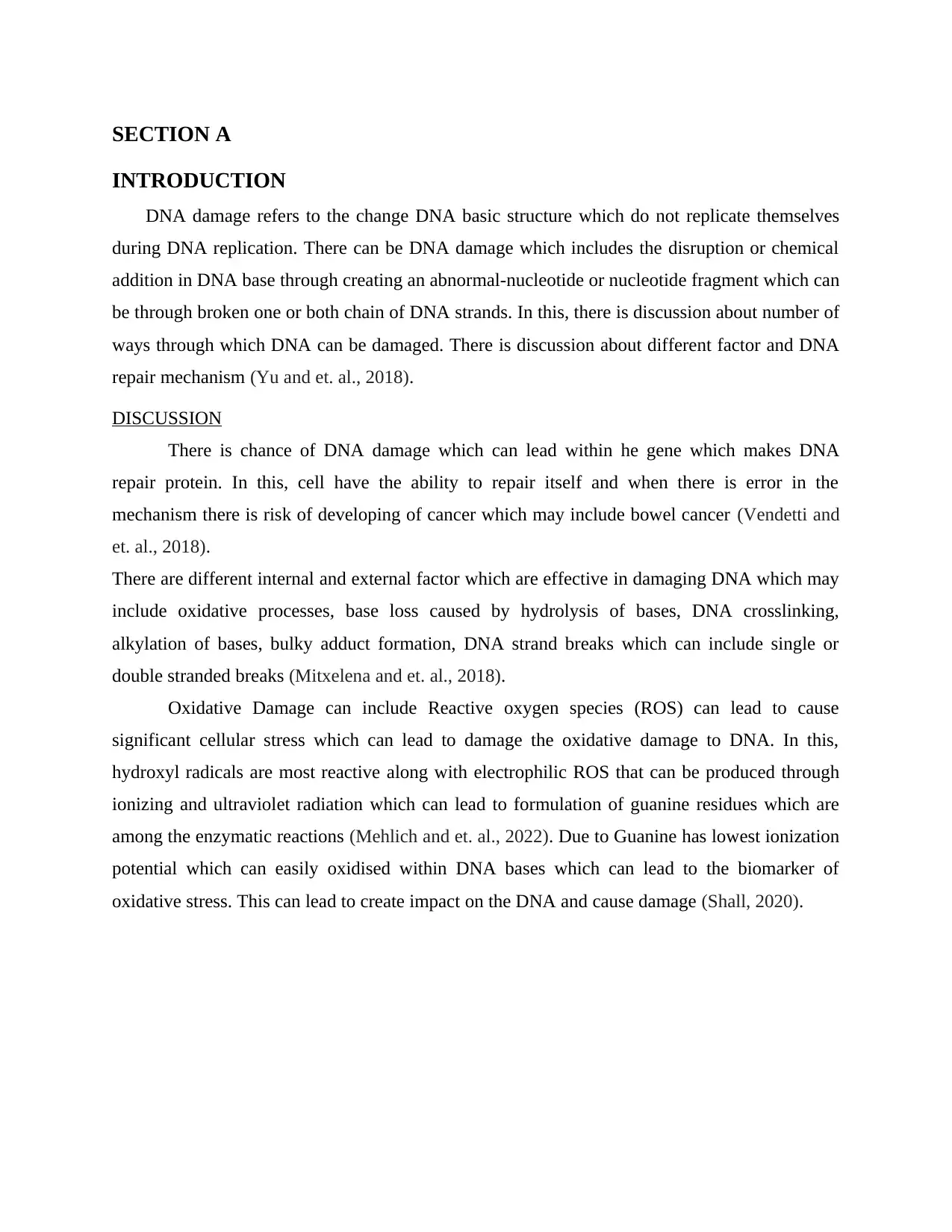
SECTION A
INTRODUCTION
DNA damage refers to the change DNA basic structure which do not replicate themselves
during DNA replication. There can be DNA damage which includes the disruption or chemical
addition in DNA base through creating an abnormal-nucleotide or nucleotide fragment which can
be through broken one or both chain of DNA strands. In this, there is discussion about number of
ways through which DNA can be damaged. There is discussion about different factor and DNA
repair mechanism (Yu and et. al., 2018).
DISCUSSION
There is chance of DNA damage which can lead within he gene which makes DNA
repair protein. In this, cell have the ability to repair itself and when there is error in the
mechanism there is risk of developing of cancer which may include bowel cancer (Vendetti and
et. al., 2018).
There are different internal and external factor which are effective in damaging DNA which may
include oxidative processes, base loss caused by hydrolysis of bases, DNA crosslinking,
alkylation of bases, bulky adduct formation, DNA strand breaks which can include single or
double stranded breaks (Mitxelena and et. al., 2018).
Oxidative Damage can include Reactive oxygen species (ROS) can lead to cause
significant cellular stress which can lead to damage the oxidative damage to DNA. In this,
hydroxyl radicals are most reactive along with electrophilic ROS that can be produced through
ionizing and ultraviolet radiation which can lead to formulation of guanine residues which are
among the enzymatic reactions (Mehlich and et. al., 2022). Due to Guanine has lowest ionization
potential which can easily oxidised within DNA bases which can lead to the biomarker of
oxidative stress. This can lead to create impact on the DNA and cause damage (Shall, 2020).
INTRODUCTION
DNA damage refers to the change DNA basic structure which do not replicate themselves
during DNA replication. There can be DNA damage which includes the disruption or chemical
addition in DNA base through creating an abnormal-nucleotide or nucleotide fragment which can
be through broken one or both chain of DNA strands. In this, there is discussion about number of
ways through which DNA can be damaged. There is discussion about different factor and DNA
repair mechanism (Yu and et. al., 2018).
DISCUSSION
There is chance of DNA damage which can lead within he gene which makes DNA
repair protein. In this, cell have the ability to repair itself and when there is error in the
mechanism there is risk of developing of cancer which may include bowel cancer (Vendetti and
et. al., 2018).
There are different internal and external factor which are effective in damaging DNA which may
include oxidative processes, base loss caused by hydrolysis of bases, DNA crosslinking,
alkylation of bases, bulky adduct formation, DNA strand breaks which can include single or
double stranded breaks (Mitxelena and et. al., 2018).
Oxidative Damage can include Reactive oxygen species (ROS) can lead to cause
significant cellular stress which can lead to damage the oxidative damage to DNA. In this,
hydroxyl radicals are most reactive along with electrophilic ROS that can be produced through
ionizing and ultraviolet radiation which can lead to formulation of guanine residues which are
among the enzymatic reactions (Mehlich and et. al., 2022). Due to Guanine has lowest ionization
potential which can easily oxidised within DNA bases which can lead to the biomarker of
oxidative stress. This can lead to create impact on the DNA and cause damage (Shall, 2020).
Paraphrase This Document
Need a fresh take? Get an instant paraphrase of this document with our AI Paraphraser
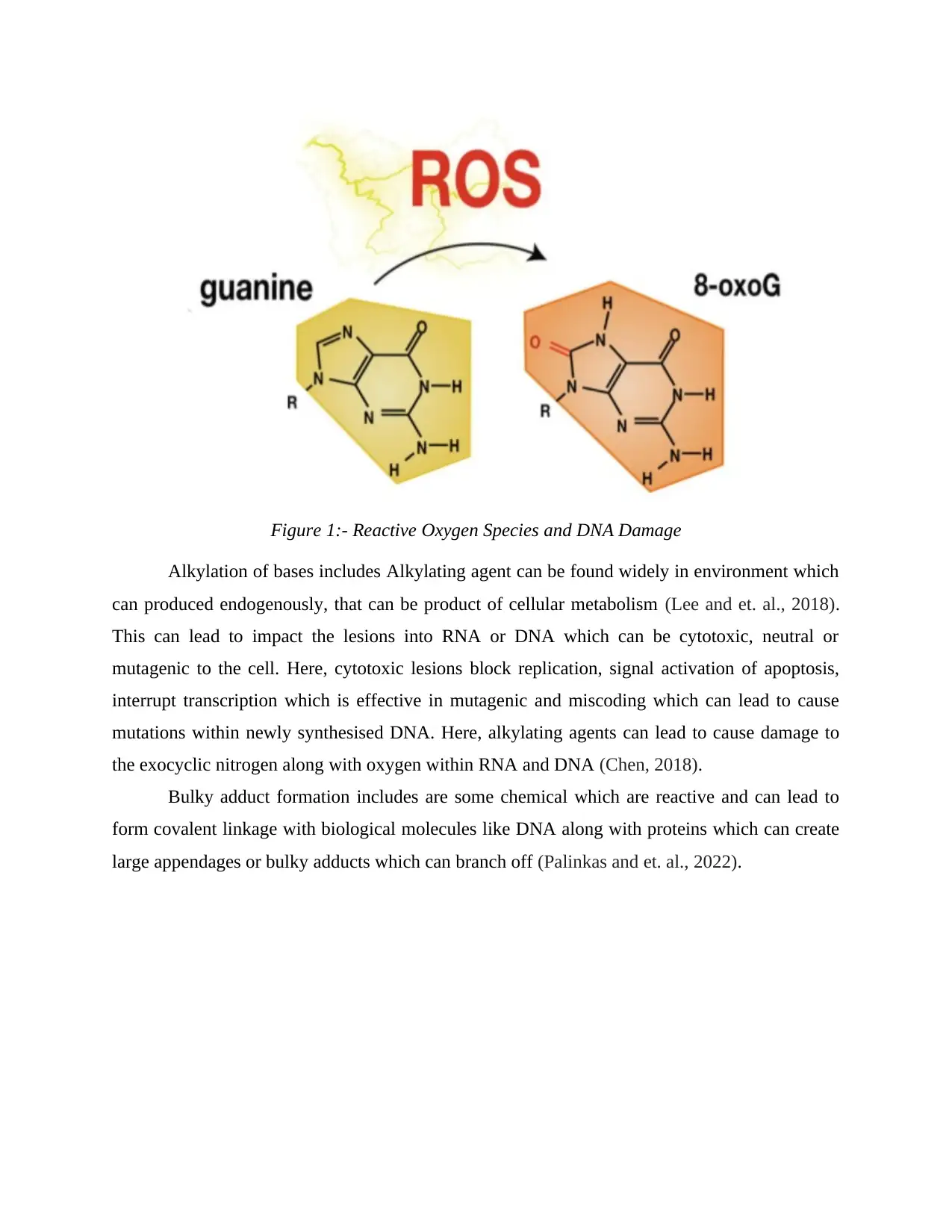
Figure 1:- Reactive Oxygen Species and DNA Damage
Alkylation of bases includes Alkylating agent can be found widely in environment which
can produced endogenously, that can be product of cellular metabolism (Lee and et. al., 2018).
This can lead to impact the lesions into RNA or DNA which can be cytotoxic, neutral or
mutagenic to the cell. Here, cytotoxic lesions block replication, signal activation of apoptosis,
interrupt transcription which is effective in mutagenic and miscoding which can lead to cause
mutations within newly synthesised DNA. Here, alkylating agents can lead to cause damage to
the exocyclic nitrogen along with oxygen within RNA and DNA (Chen, 2018).
Bulky adduct formation includes are some chemical which are reactive and can lead to
form covalent linkage with biological molecules like DNA along with proteins which can create
large appendages or bulky adducts which can branch off (Palinkas and et. al., 2022).
Alkylation of bases includes Alkylating agent can be found widely in environment which
can produced endogenously, that can be product of cellular metabolism (Lee and et. al., 2018).
This can lead to impact the lesions into RNA or DNA which can be cytotoxic, neutral or
mutagenic to the cell. Here, cytotoxic lesions block replication, signal activation of apoptosis,
interrupt transcription which is effective in mutagenic and miscoding which can lead to cause
mutations within newly synthesised DNA. Here, alkylating agents can lead to cause damage to
the exocyclic nitrogen along with oxygen within RNA and DNA (Chen, 2018).
Bulky adduct formation includes are some chemical which are reactive and can lead to
form covalent linkage with biological molecules like DNA along with proteins which can create
large appendages or bulky adducts which can branch off (Palinkas and et. al., 2022).
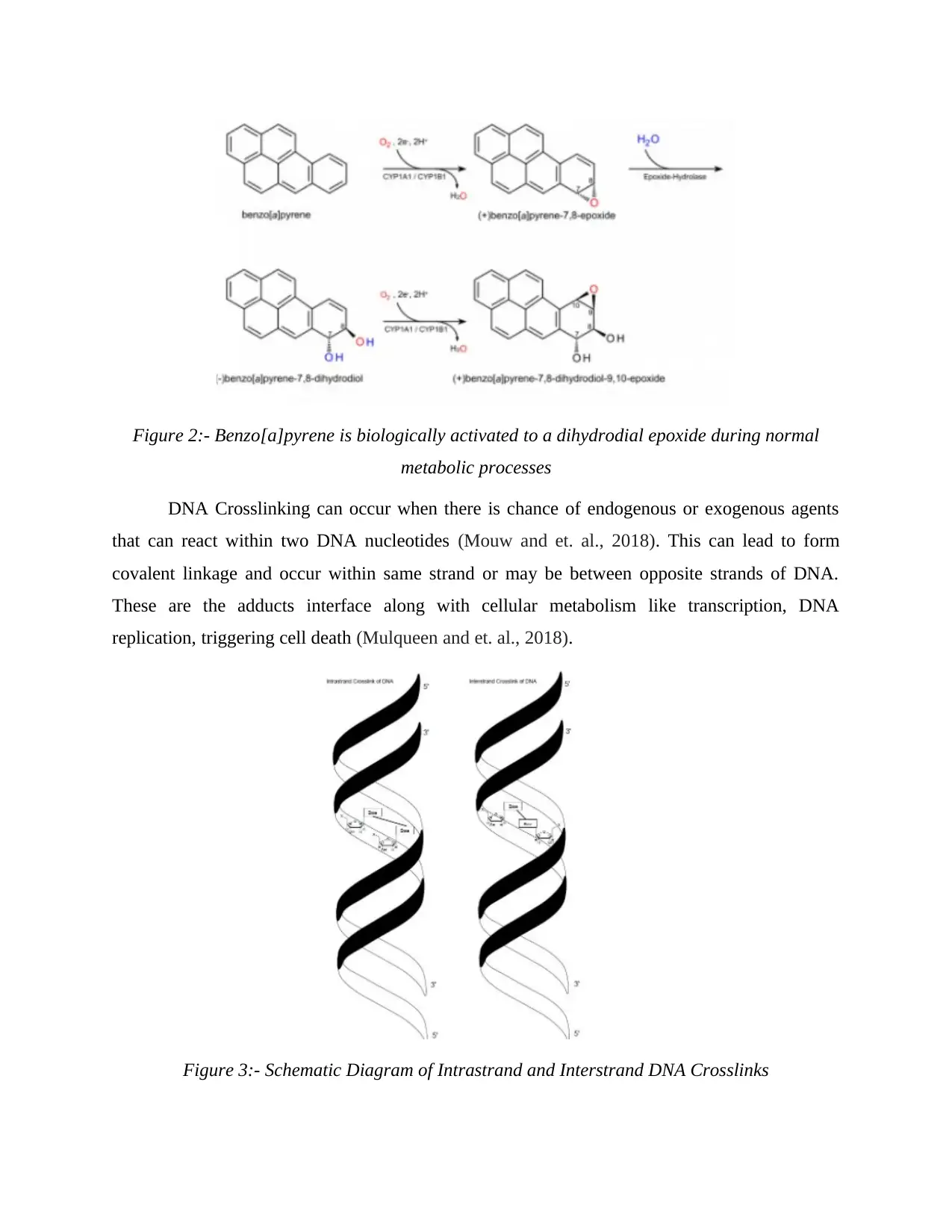
Figure 2:- Benzo[a]pyrene is biologically activated to a dihydrodial epoxide during normal
metabolic processes
DNA Crosslinking can occur when there is chance of endogenous or exogenous agents
that can react within two DNA nucleotides (Mouw and et. al., 2018). This can lead to form
covalent linkage and occur within same strand or may be between opposite strands of DNA.
These are the adducts interface along with cellular metabolism like transcription, DNA
replication, triggering cell death (Mulqueen and et. al., 2018).
Figure 3:- Schematic Diagram of Intrastrand and Interstrand DNA Crosslinks
metabolic processes
DNA Crosslinking can occur when there is chance of endogenous or exogenous agents
that can react within two DNA nucleotides (Mouw and et. al., 2018). This can lead to form
covalent linkage and occur within same strand or may be between opposite strands of DNA.
These are the adducts interface along with cellular metabolism like transcription, DNA
replication, triggering cell death (Mulqueen and et. al., 2018).
Figure 3:- Schematic Diagram of Intrastrand and Interstrand DNA Crosslinks
⊘ This is a preview!⊘
Do you want full access?
Subscribe today to unlock all pages.

Trusted by 1+ million students worldwide
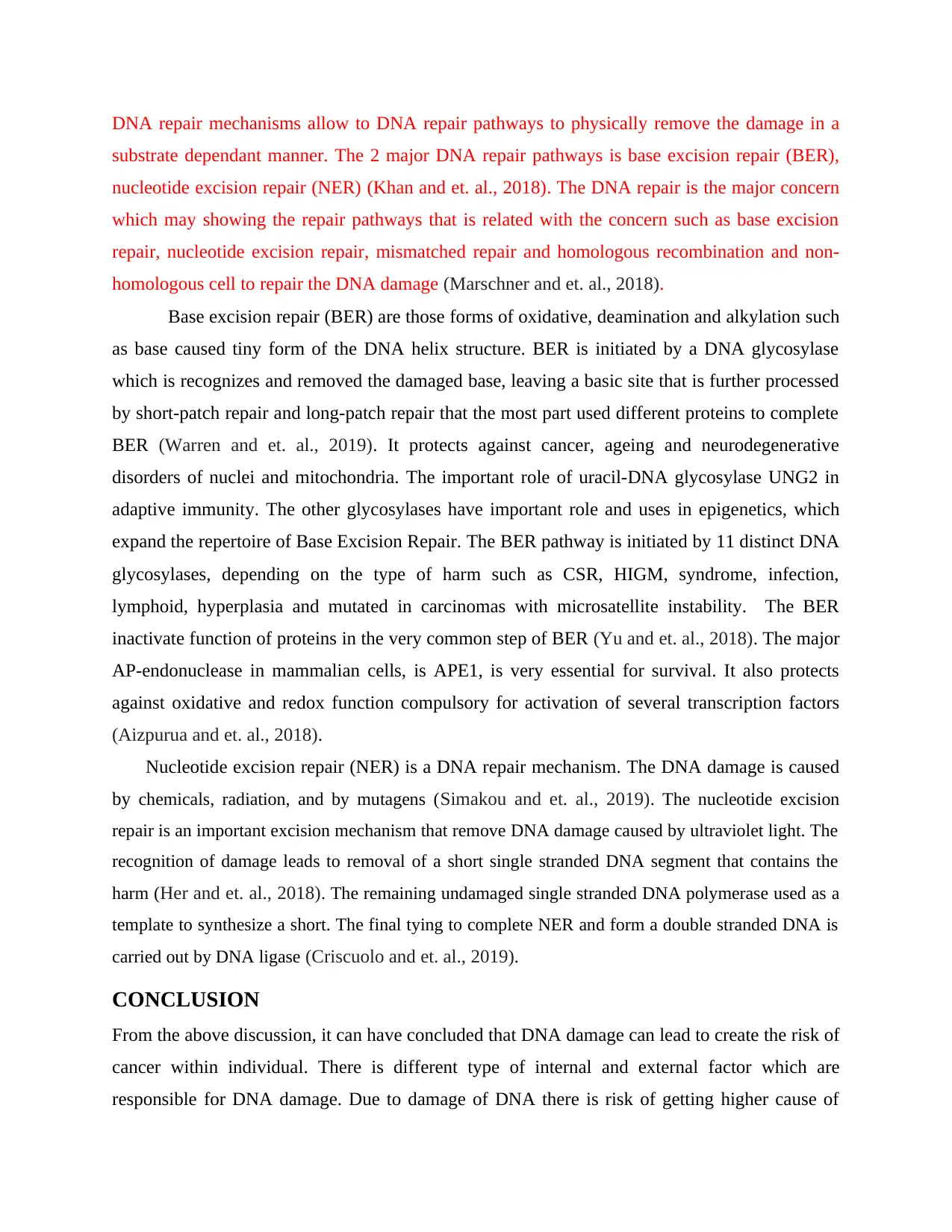
DNA repair mechanisms allow to DNA repair pathways to physically remove the damage in a
substrate dependant manner. The 2 major DNA repair pathways is base excision repair (BER),
nucleotide excision repair (NER) (Khan and et. al., 2018). The DNA repair is the major concern
which may showing the repair pathways that is related with the concern such as base excision
repair, nucleotide excision repair, mismatched repair and homologous recombination and non-
homologous cell to repair the DNA damage (Marschner and et. al., 2018).
Base excision repair (BER) are those forms of oxidative, deamination and alkylation such
as base caused tiny form of the DNA helix structure. BER is initiated by a DNA glycosylase
which is recognizes and removed the damaged base, leaving a basic site that is further processed
by short-patch repair and long-patch repair that the most part used different proteins to complete
BER (Warren and et. al., 2019). It protects against cancer, ageing and neurodegenerative
disorders of nuclei and mitochondria. The important role of uracil-DNA glycosylase UNG2 in
adaptive immunity. The other glycosylases have important role and uses in epigenetics, which
expand the repertoire of Base Excision Repair. The BER pathway is initiated by 11 distinct DNA
glycosylases, depending on the type of harm such as CSR, HIGM, syndrome, infection,
lymphoid, hyperplasia and mutated in carcinomas with microsatellite instability. The BER
inactivate function of proteins in the very common step of BER (Yu and et. al., 2018). The major
AP-endonuclease in mammalian cells, is APE1, is very essential for survival. It also protects
against oxidative and redox function compulsory for activation of several transcription factors
(Aizpurua and et. al., 2018).
Nucleotide excision repair (NER) is a DNA repair mechanism. The DNA damage is caused
by chemicals, radiation, and by mutagens (Simakou and et. al., 2019). The nucleotide excision
repair is an important excision mechanism that remove DNA damage caused by ultraviolet light. The
recognition of damage leads to removal of a short single stranded DNA segment that contains the
harm (Her and et. al., 2018). The remaining undamaged single stranded DNA polymerase used as a
template to synthesize a short. The final tying to complete NER and form a double stranded DNA is
carried out by DNA ligase (Criscuolo and et. al., 2019).
CONCLUSION
From the above discussion, it can have concluded that DNA damage can lead to create the risk of
cancer within individual. There is different type of internal and external factor which are
responsible for DNA damage. Due to damage of DNA there is risk of getting higher cause of
substrate dependant manner. The 2 major DNA repair pathways is base excision repair (BER),
nucleotide excision repair (NER) (Khan and et. al., 2018). The DNA repair is the major concern
which may showing the repair pathways that is related with the concern such as base excision
repair, nucleotide excision repair, mismatched repair and homologous recombination and non-
homologous cell to repair the DNA damage (Marschner and et. al., 2018).
Base excision repair (BER) are those forms of oxidative, deamination and alkylation such
as base caused tiny form of the DNA helix structure. BER is initiated by a DNA glycosylase
which is recognizes and removed the damaged base, leaving a basic site that is further processed
by short-patch repair and long-patch repair that the most part used different proteins to complete
BER (Warren and et. al., 2019). It protects against cancer, ageing and neurodegenerative
disorders of nuclei and mitochondria. The important role of uracil-DNA glycosylase UNG2 in
adaptive immunity. The other glycosylases have important role and uses in epigenetics, which
expand the repertoire of Base Excision Repair. The BER pathway is initiated by 11 distinct DNA
glycosylases, depending on the type of harm such as CSR, HIGM, syndrome, infection,
lymphoid, hyperplasia and mutated in carcinomas with microsatellite instability. The BER
inactivate function of proteins in the very common step of BER (Yu and et. al., 2018). The major
AP-endonuclease in mammalian cells, is APE1, is very essential for survival. It also protects
against oxidative and redox function compulsory for activation of several transcription factors
(Aizpurua and et. al., 2018).
Nucleotide excision repair (NER) is a DNA repair mechanism. The DNA damage is caused
by chemicals, radiation, and by mutagens (Simakou and et. al., 2019). The nucleotide excision
repair is an important excision mechanism that remove DNA damage caused by ultraviolet light. The
recognition of damage leads to removal of a short single stranded DNA segment that contains the
harm (Her and et. al., 2018). The remaining undamaged single stranded DNA polymerase used as a
template to synthesize a short. The final tying to complete NER and form a double stranded DNA is
carried out by DNA ligase (Criscuolo and et. al., 2019).
CONCLUSION
From the above discussion, it can have concluded that DNA damage can lead to create the risk of
cancer within individual. There is different type of internal and external factor which are
responsible for DNA damage. Due to damage of DNA there is risk of getting higher cause of
Paraphrase This Document
Need a fresh take? Get an instant paraphrase of this document with our AI Paraphraser
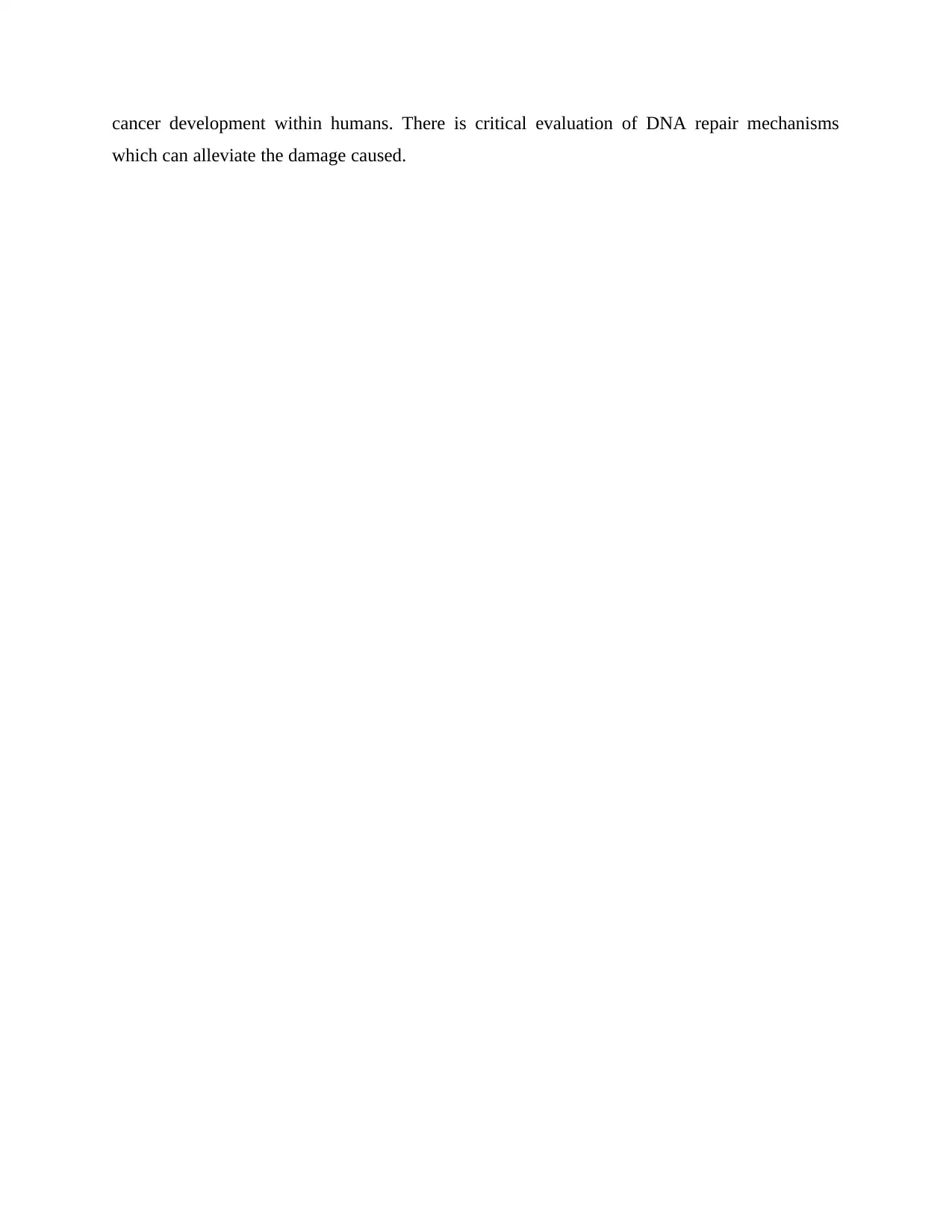
cancer development within humans. There is critical evaluation of DNA repair mechanisms
which can alleviate the damage caused.
which can alleviate the damage caused.
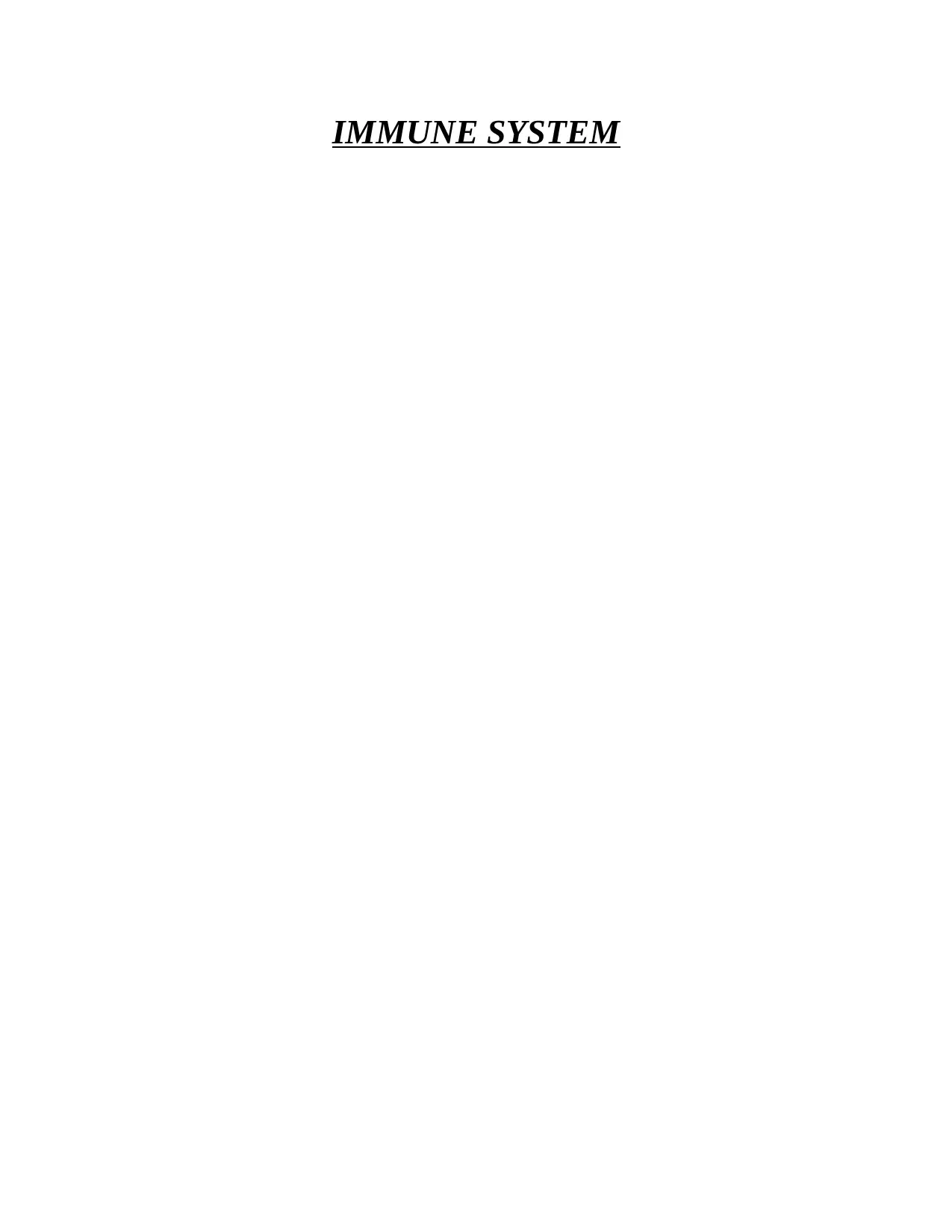
IMMUNE SYSTEM
⊘ This is a preview!⊘
Do you want full access?
Subscribe today to unlock all pages.

Trusted by 1+ million students worldwide
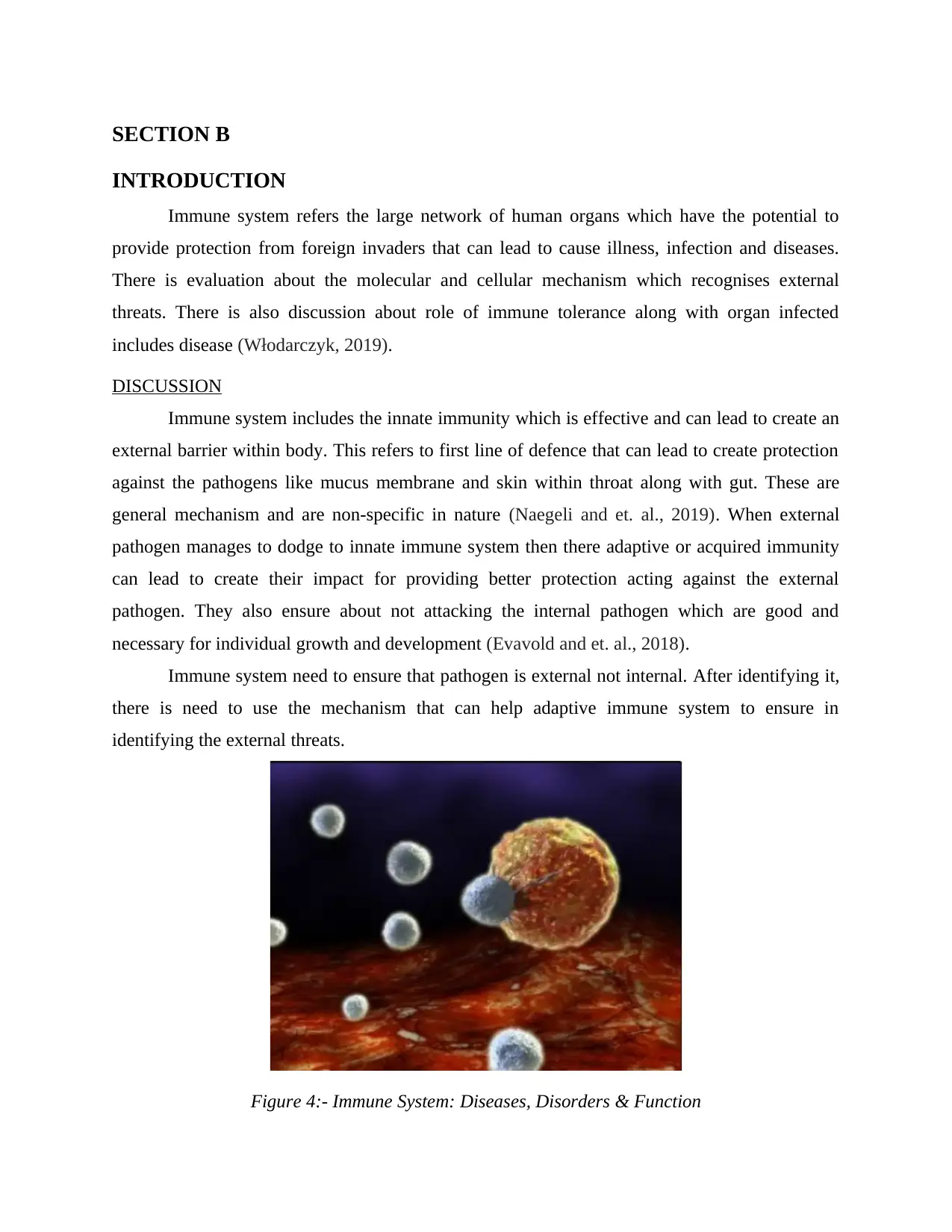
SECTION B
INTRODUCTION
Immune system refers the large network of human organs which have the potential to
provide protection from foreign invaders that can lead to cause illness, infection and diseases.
There is evaluation about the molecular and cellular mechanism which recognises external
threats. There is also discussion about role of immune tolerance along with organ infected
includes disease (Włodarczyk, 2019).
DISCUSSION
Immune system includes the innate immunity which is effective and can lead to create an
external barrier within body. This refers to first line of defence that can lead to create protection
against the pathogens like mucus membrane and skin within throat along with gut. These are
general mechanism and are non-specific in nature (Naegeli and et. al., 2019). When external
pathogen manages to dodge to innate immune system then there adaptive or acquired immunity
can lead to create their impact for providing better protection acting against the external
pathogen. They also ensure about not attacking the internal pathogen which are good and
necessary for individual growth and development (Evavold and et. al., 2018).
Immune system need to ensure that pathogen is external not internal. After identifying it,
there is need to use the mechanism that can help adaptive immune system to ensure in
identifying the external threats.
Figure 4:- Immune System: Diseases, Disorders & Function
INTRODUCTION
Immune system refers the large network of human organs which have the potential to
provide protection from foreign invaders that can lead to cause illness, infection and diseases.
There is evaluation about the molecular and cellular mechanism which recognises external
threats. There is also discussion about role of immune tolerance along with organ infected
includes disease (Włodarczyk, 2019).
DISCUSSION
Immune system includes the innate immunity which is effective and can lead to create an
external barrier within body. This refers to first line of defence that can lead to create protection
against the pathogens like mucus membrane and skin within throat along with gut. These are
general mechanism and are non-specific in nature (Naegeli and et. al., 2019). When external
pathogen manages to dodge to innate immune system then there adaptive or acquired immunity
can lead to create their impact for providing better protection acting against the external
pathogen. They also ensure about not attacking the internal pathogen which are good and
necessary for individual growth and development (Evavold and et. al., 2018).
Immune system need to ensure that pathogen is external not internal. After identifying it,
there is need to use the mechanism that can help adaptive immune system to ensure in
identifying the external threats.
Figure 4:- Immune System: Diseases, Disorders & Function
Paraphrase This Document
Need a fresh take? Get an instant paraphrase of this document with our AI Paraphraser
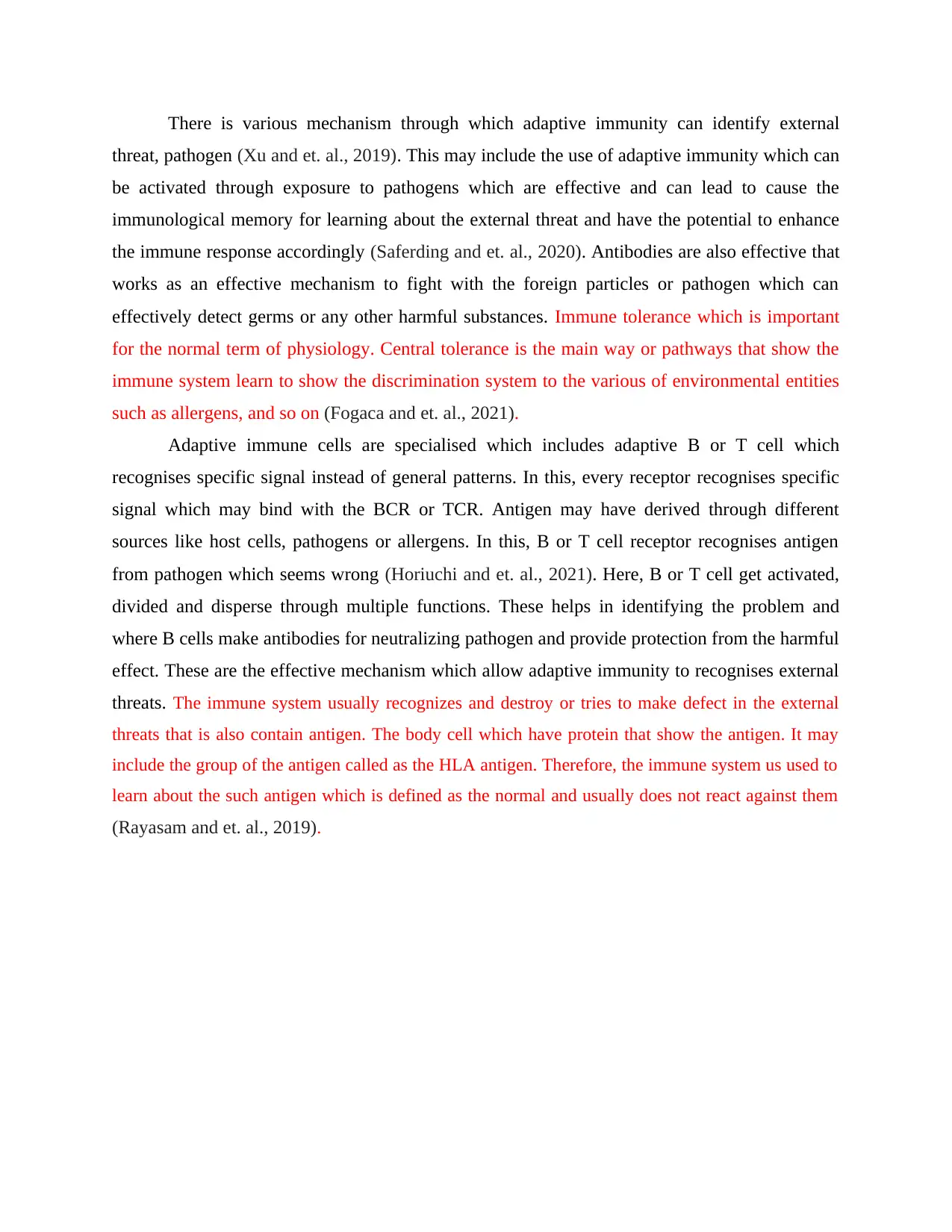
There is various mechanism through which adaptive immunity can identify external
threat, pathogen (Xu and et. al., 2019). This may include the use of adaptive immunity which can
be activated through exposure to pathogens which are effective and can lead to cause the
immunological memory for learning about the external threat and have the potential to enhance
the immune response accordingly (Saferding and et. al., 2020). Antibodies are also effective that
works as an effective mechanism to fight with the foreign particles or pathogen which can
effectively detect germs or any other harmful substances. Immune tolerance which is important
for the normal term of physiology. Central tolerance is the main way or pathways that show the
immune system learn to show the discrimination system to the various of environmental entities
such as allergens, and so on (Fogaca and et. al., 2021).
Adaptive immune cells are specialised which includes adaptive B or T cell which
recognises specific signal instead of general patterns. In this, every receptor recognises specific
signal which may bind with the BCR or TCR. Antigen may have derived through different
sources like host cells, pathogens or allergens. In this, B or T cell receptor recognises antigen
from pathogen which seems wrong (Horiuchi and et. al., 2021). Here, B or T cell get activated,
divided and disperse through multiple functions. These helps in identifying the problem and
where B cells make antibodies for neutralizing pathogen and provide protection from the harmful
effect. These are the effective mechanism which allow adaptive immunity to recognises external
threats. The immune system usually recognizes and destroy or tries to make defect in the external
threats that is also contain antigen. The body cell which have protein that show the antigen. It may
include the group of the antigen called as the HLA antigen. Therefore, the immune system us used to
learn about the such antigen which is defined as the normal and usually does not react against them
(Rayasam and et. al., 2019).
threat, pathogen (Xu and et. al., 2019). This may include the use of adaptive immunity which can
be activated through exposure to pathogens which are effective and can lead to cause the
immunological memory for learning about the external threat and have the potential to enhance
the immune response accordingly (Saferding and et. al., 2020). Antibodies are also effective that
works as an effective mechanism to fight with the foreign particles or pathogen which can
effectively detect germs or any other harmful substances. Immune tolerance which is important
for the normal term of physiology. Central tolerance is the main way or pathways that show the
immune system learn to show the discrimination system to the various of environmental entities
such as allergens, and so on (Fogaca and et. al., 2021).
Adaptive immune cells are specialised which includes adaptive B or T cell which
recognises specific signal instead of general patterns. In this, every receptor recognises specific
signal which may bind with the BCR or TCR. Antigen may have derived through different
sources like host cells, pathogens or allergens. In this, B or T cell receptor recognises antigen
from pathogen which seems wrong (Horiuchi and et. al., 2021). Here, B or T cell get activated,
divided and disperse through multiple functions. These helps in identifying the problem and
where B cells make antibodies for neutralizing pathogen and provide protection from the harmful
effect. These are the effective mechanism which allow adaptive immunity to recognises external
threats. The immune system usually recognizes and destroy or tries to make defect in the external
threats that is also contain antigen. The body cell which have protein that show the antigen. It may
include the group of the antigen called as the HLA antigen. Therefore, the immune system us used to
learn about the such antigen which is defined as the normal and usually does not react against them
(Rayasam and et. al., 2019).
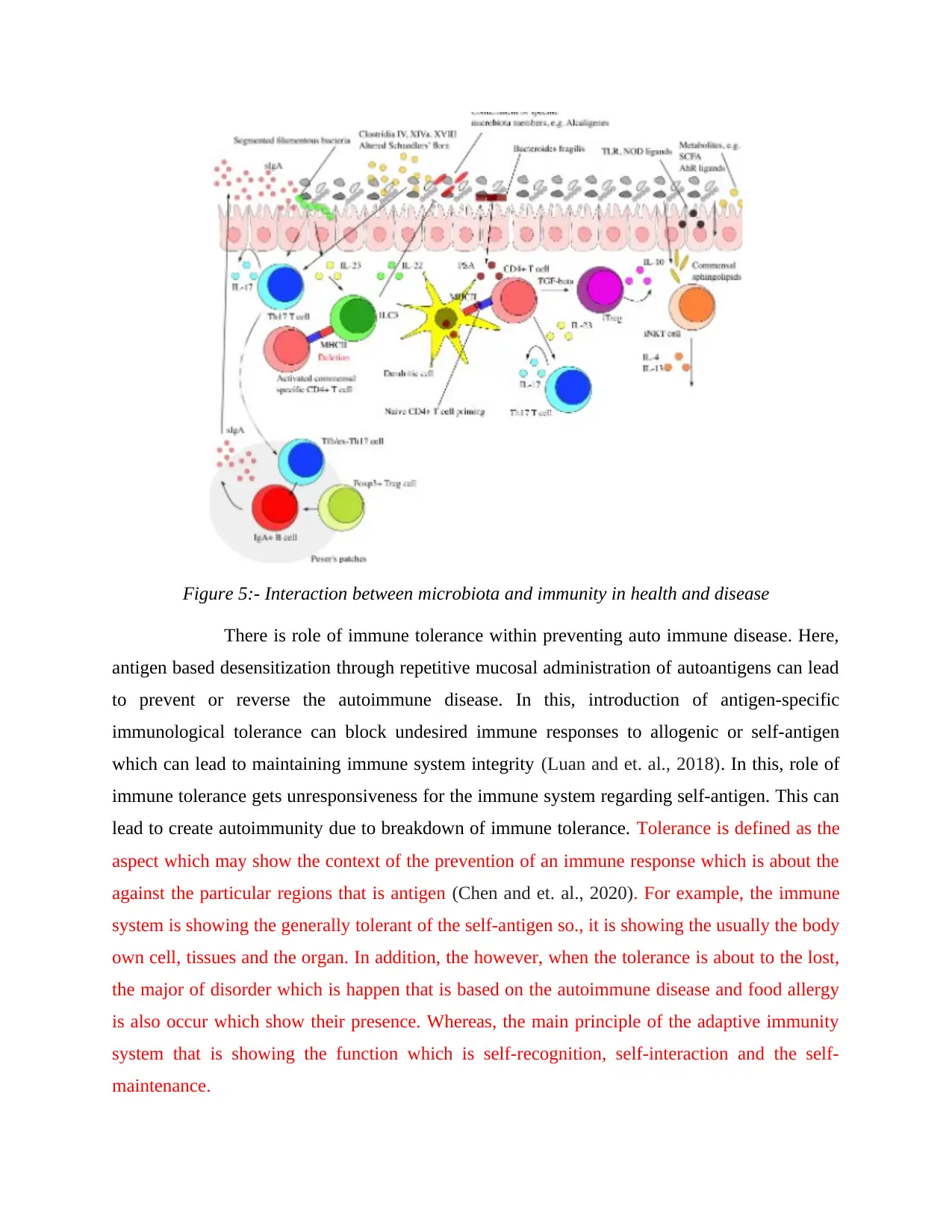
Figure 5:- Interaction between microbiota and immunity in health and disease
There is role of immune tolerance within preventing auto immune disease. Here,
antigen based desensitization through repetitive mucosal administration of autoantigens can lead
to prevent or reverse the autoimmune disease. In this, introduction of antigen-specific
immunological tolerance can block undesired immune responses to allogenic or self-antigen
which can lead to maintaining immune system integrity (Luan and et. al., 2018). In this, role of
immune tolerance gets unresponsiveness for the immune system regarding self-antigen. This can
lead to create autoimmunity due to breakdown of immune tolerance. Tolerance is defined as the
aspect which may show the context of the prevention of an immune response which is about the
against the particular regions that is antigen (Chen and et. al., 2020). For example, the immune
system is showing the generally tolerant of the self-antigen so., it is showing the usually the body
own cell, tissues and the organ. In addition, the however, when the tolerance is about to the lost,
the major of disorder which is happen that is based on the autoimmune disease and food allergy
is also occur which show their presence. Whereas, the main principle of the adaptive immunity
system that is showing the function which is self-recognition, self-interaction and the self-
maintenance.
There is role of immune tolerance within preventing auto immune disease. Here,
antigen based desensitization through repetitive mucosal administration of autoantigens can lead
to prevent or reverse the autoimmune disease. In this, introduction of antigen-specific
immunological tolerance can block undesired immune responses to allogenic or self-antigen
which can lead to maintaining immune system integrity (Luan and et. al., 2018). In this, role of
immune tolerance gets unresponsiveness for the immune system regarding self-antigen. This can
lead to create autoimmunity due to breakdown of immune tolerance. Tolerance is defined as the
aspect which may show the context of the prevention of an immune response which is about the
against the particular regions that is antigen (Chen and et. al., 2020). For example, the immune
system is showing the generally tolerant of the self-antigen so., it is showing the usually the body
own cell, tissues and the organ. In addition, the however, when the tolerance is about to the lost,
the major of disorder which is happen that is based on the autoimmune disease and food allergy
is also occur which show their presence. Whereas, the main principle of the adaptive immunity
system that is showing the function which is self-recognition, self-interaction and the self-
maintenance.
⊘ This is a preview!⊘
Do you want full access?
Subscribe today to unlock all pages.

Trusted by 1+ million students worldwide
1 out of 17
Your All-in-One AI-Powered Toolkit for Academic Success.
+13062052269
info@desklib.com
Available 24*7 on WhatsApp / Email
![[object Object]](/_next/static/media/star-bottom.7253800d.svg)
Unlock your academic potential
Copyright © 2020–2025 A2Z Services. All Rights Reserved. Developed and managed by ZUCOL.


